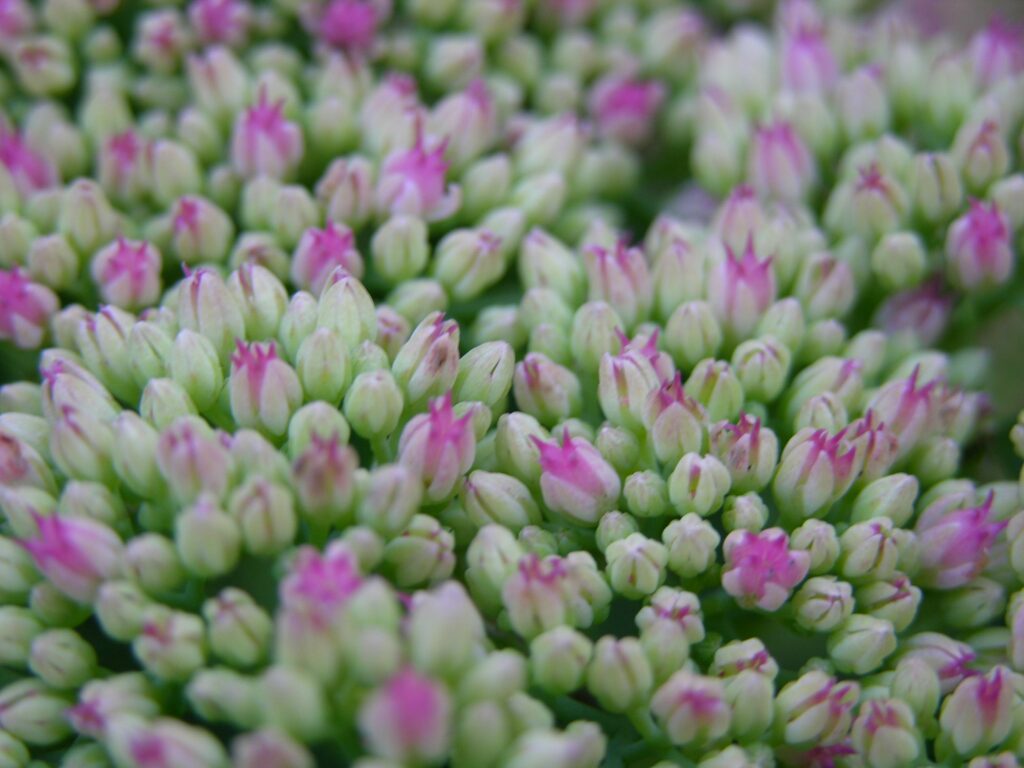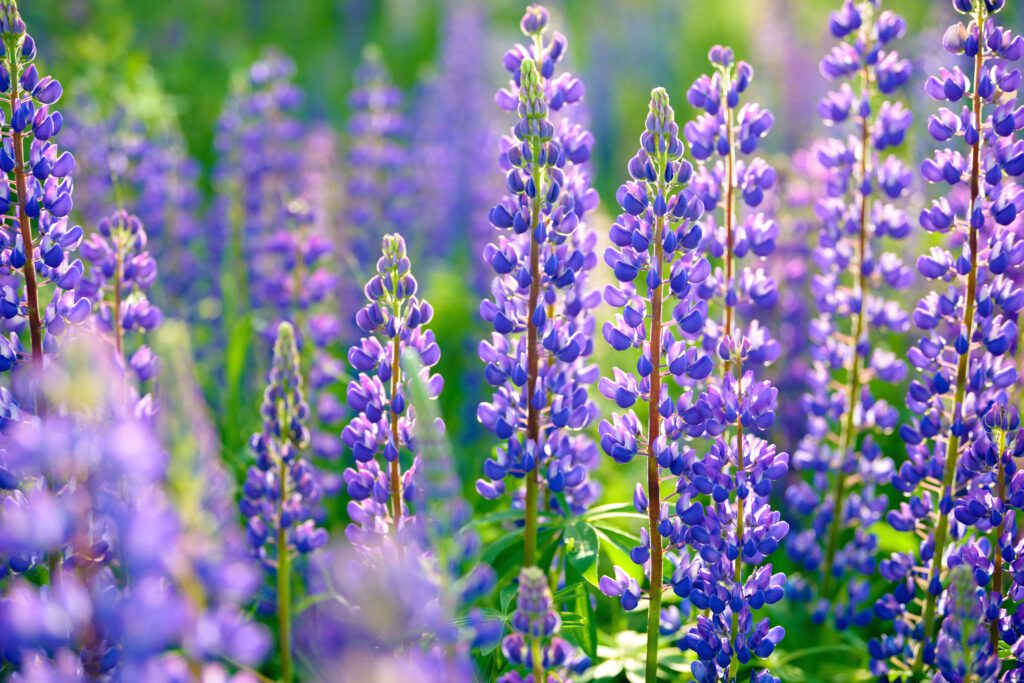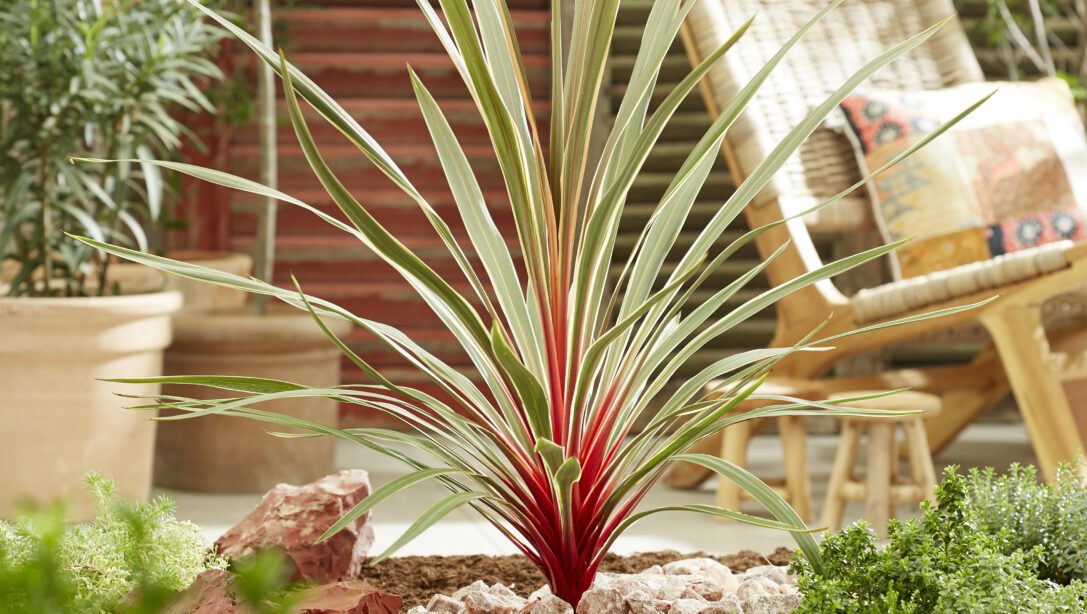In a time of increasing concern over global warming and its far-reaching impacts it has become crucial to explore natures wonders that can effectively mitigate the adverse effects of climate change. By selecting the right plants and shrubs we can not only enhance the aesthetic appeal of our surroundings but also contribute to creating a more sustainable and resilient environment. In this article we will delve into the realm of the best plants to plant for climate change and highlight their unique attributes and the positive impact they can have on our planet.
Native Plants to Support the Climate
One of the smartest choices for combating climate change is to opt for native plants. These plants naturally adapt to the local climate and soil conditions having developed a resilience against climate change. By incorporating native plants into our landscape, we can help restore ecological balance as well as support local wildlife. These plants require minimal maintenance and are well-suited to their specific environments making them a sustainable choice for long-term climate resilience.

Drought-Tolerant Plants
A shortage of water is a growing concern worldwide. Selecting drought-tolerant plants is crucial in promoting sustainable gardening. Species includes Hylotelephium (previously known as Sedum) and ornamental grasses are both water-wise and hardy. Other plants that work well are many Mediterranean varieties (such as the Geranium palmatum, Canary Island geranium as they originate from hot dry climates.) These plants have a huge contribution to conserving our precious resources while avoiding the need for irrigation.
Sequestering Trees
Trees are natures superheroes when it comes to combating climate change. Certain tree species, such as Oak, Maple and Pine can sequester significant amounts of carbon dioxide from the atmosphere through photosynthesis. By planting more trees we can help reduce greenhouse gas emissions and mitigate the impacts of climate change. Trees also provide shade that will lower urban temperatures, improve the quality of air and offer habitats for various wildlife species.
Perennials That Help Climate Change
By incorporating perennial plants into our gardens we are making a sustainable choice for climate control. Unlike annuals which require replanting each year, perennials have longer lifespans. This ultimately reduces the need for constant resources. These plants establish deep root systems, improving soil health, preventing erosion and acting as natural carbon sinks. With their ability to thrive across seasons, perennials offer enduring beauty while reducing environmental impact.
Nitrogen-Fixing Plants
Another excellent addition to any climate-conscious garden is nitrogen-fixing plants, such as legumes. These plants form a symbiotic relationship with soil bacteria, enabling them to convert atmospheric nitrogen into a usable form. By doing so they enrich the soil with essential nutrients reducing the need for synthetic fertilisers and promoting sustainable habits. Nitrogen-fixing plants contribute to healthier soil, improve crop and reduce run-off that can harm waterways. Many of these are stunning ornamentals such as lupins.

Medicinal and Edible Plants Can Help the Climate
Growing medicinal and edible plants not only benefits our well-being but also supports climate durability. Cultivating herbs like Lavender, Echinacea and Chamomile not only adds sensory to our surroundings but also provides natural remedies. By incorporating fruits, vegetables and herbs into our gardens will promote local food production and reduce carbon emissions (which is due to long distance transportation of produce). By looking after these plants we enhance food dependability create ourselves self-sustaining ecosystems.
Rain Garden Plants
Rain gardens are designed to both capture and filter rainwater resulting in reducing water pollution and soil erosion. By planting specific species like Irises, Sedges and native grasses can make rain water more effective, as their root systems are capable of absorbing excess water. These plants act as natural filters, preventing contamination from entering our water, while also providing habitats for pollinators and beneficial insects.
Carefully selecting and cultivating the best plants for climate change plays a vital role in creating a greener more sustainable future. By embracing the power of nature and working hand in hand with it we can build a resilient world that thrives despite the challenges of a changing climate. Let us harness the potential of these remarkable plants to pave the way towards a more sustainable and climate-resilient future. Visit us to see these plants in our centres and to also get any advice from our qualified and knowledgeable staff.





